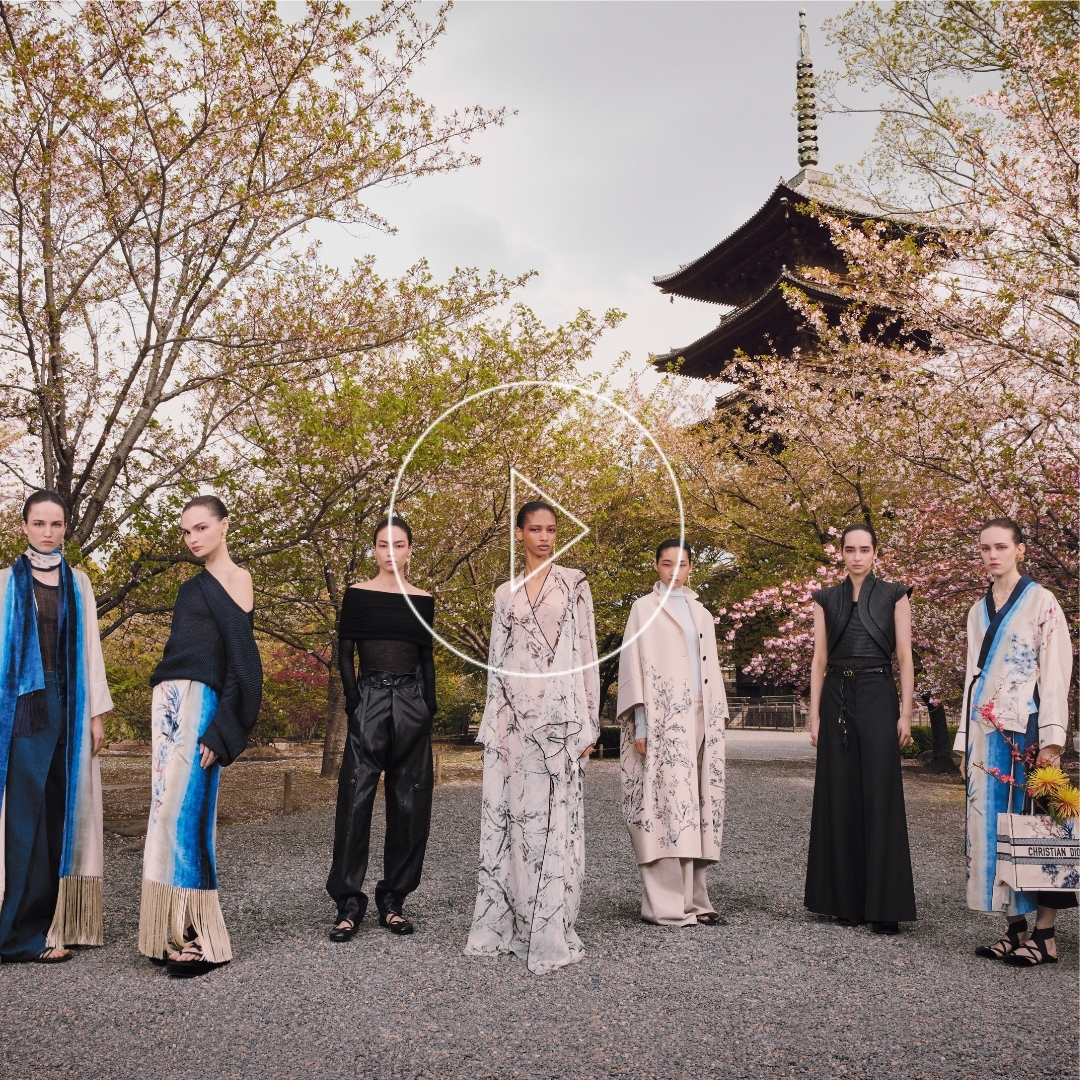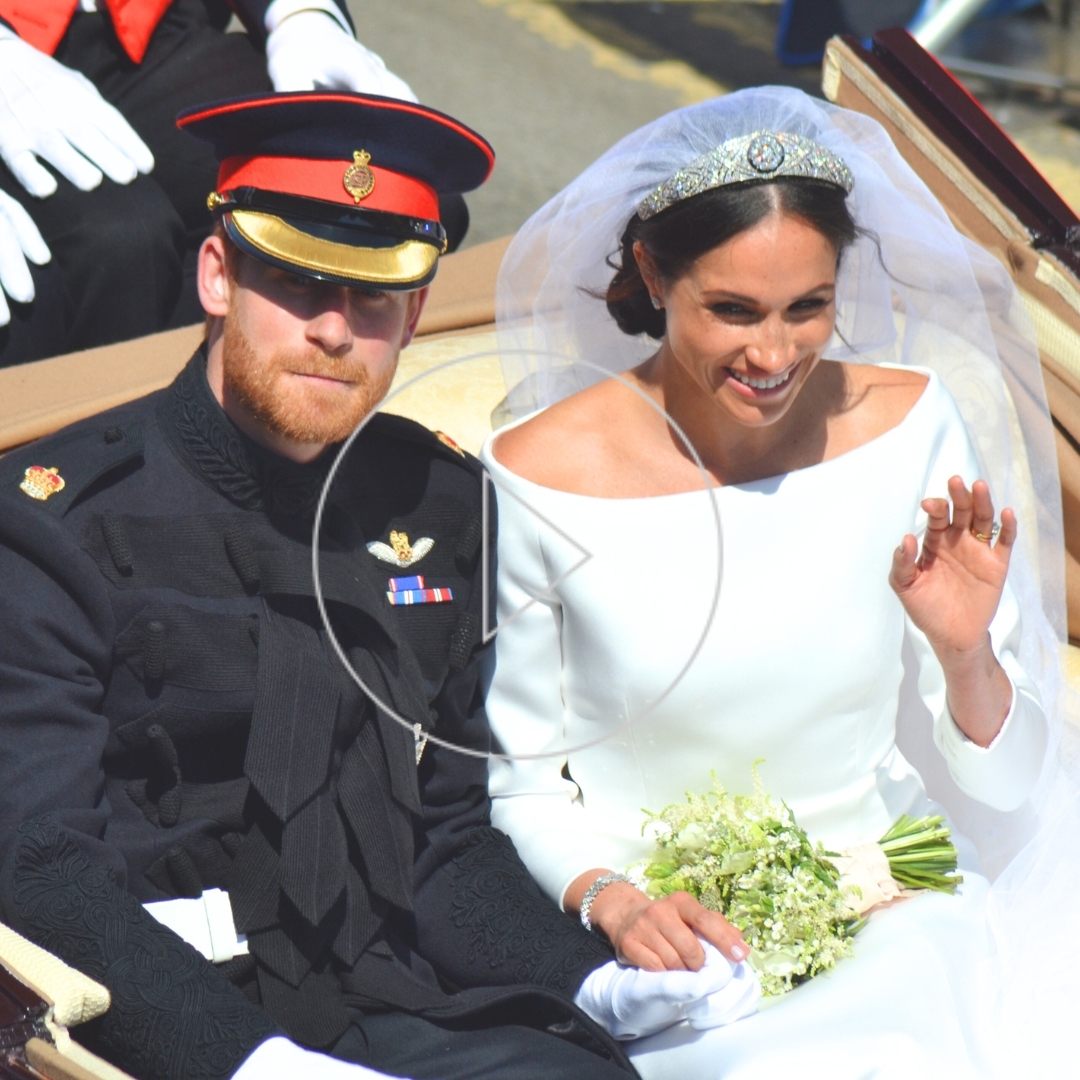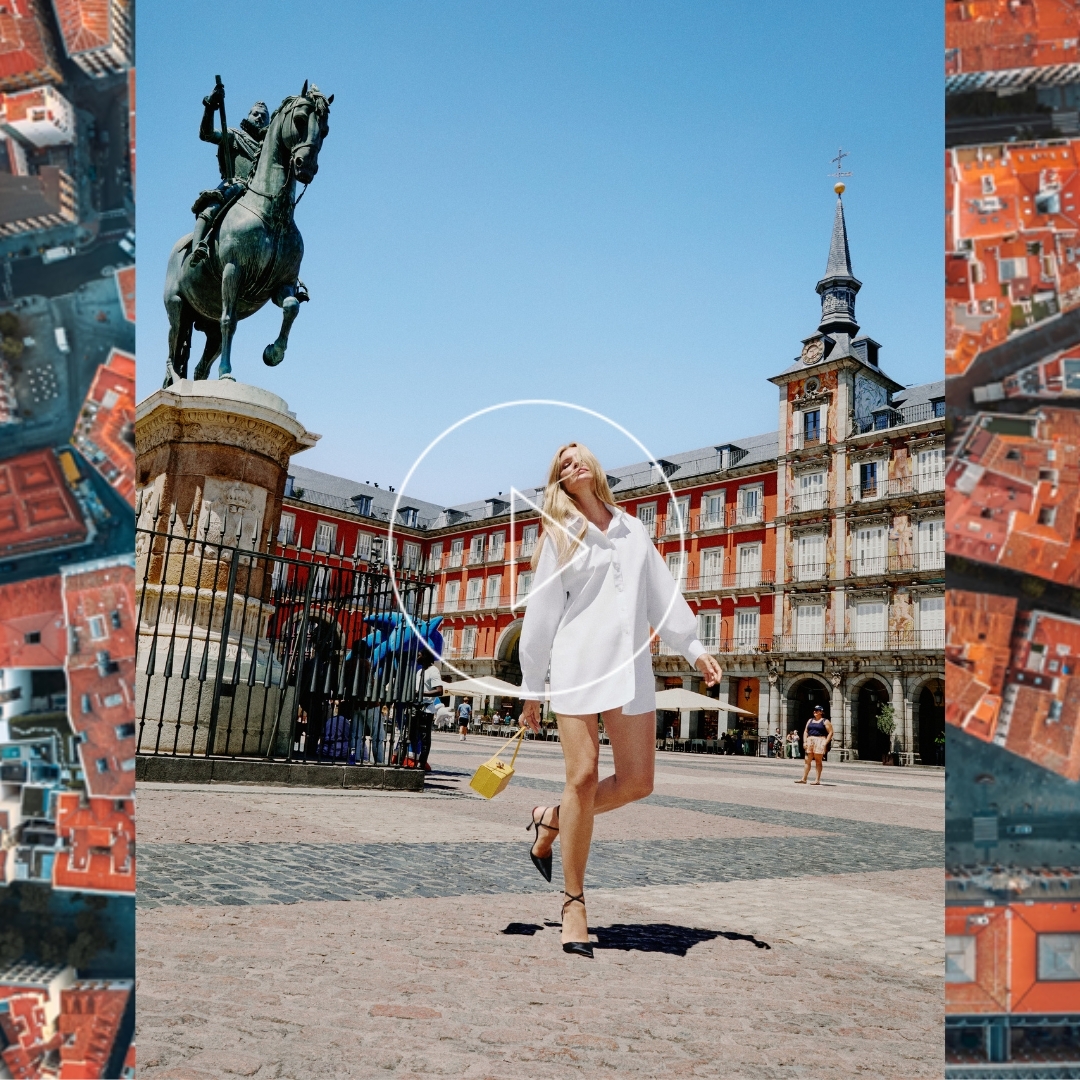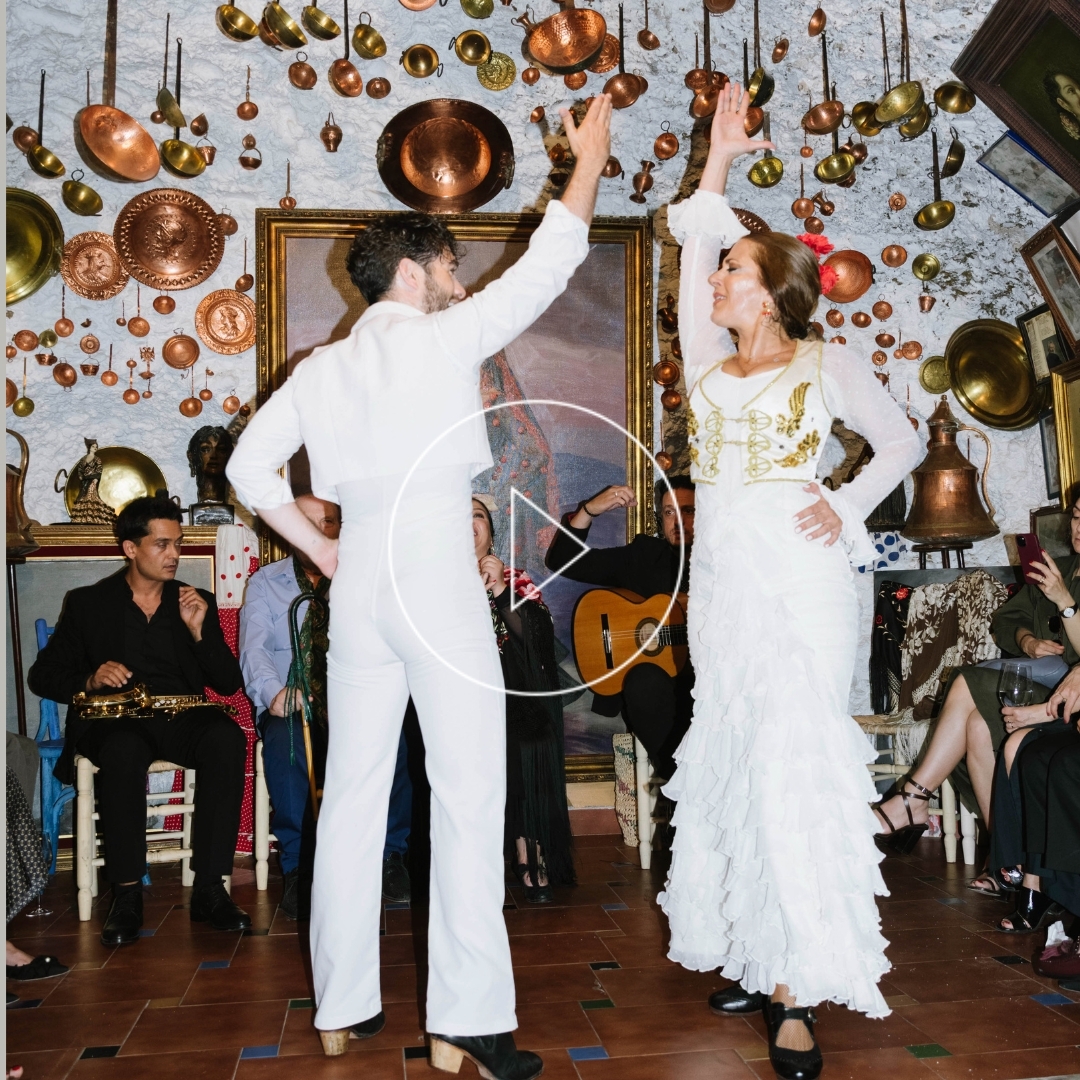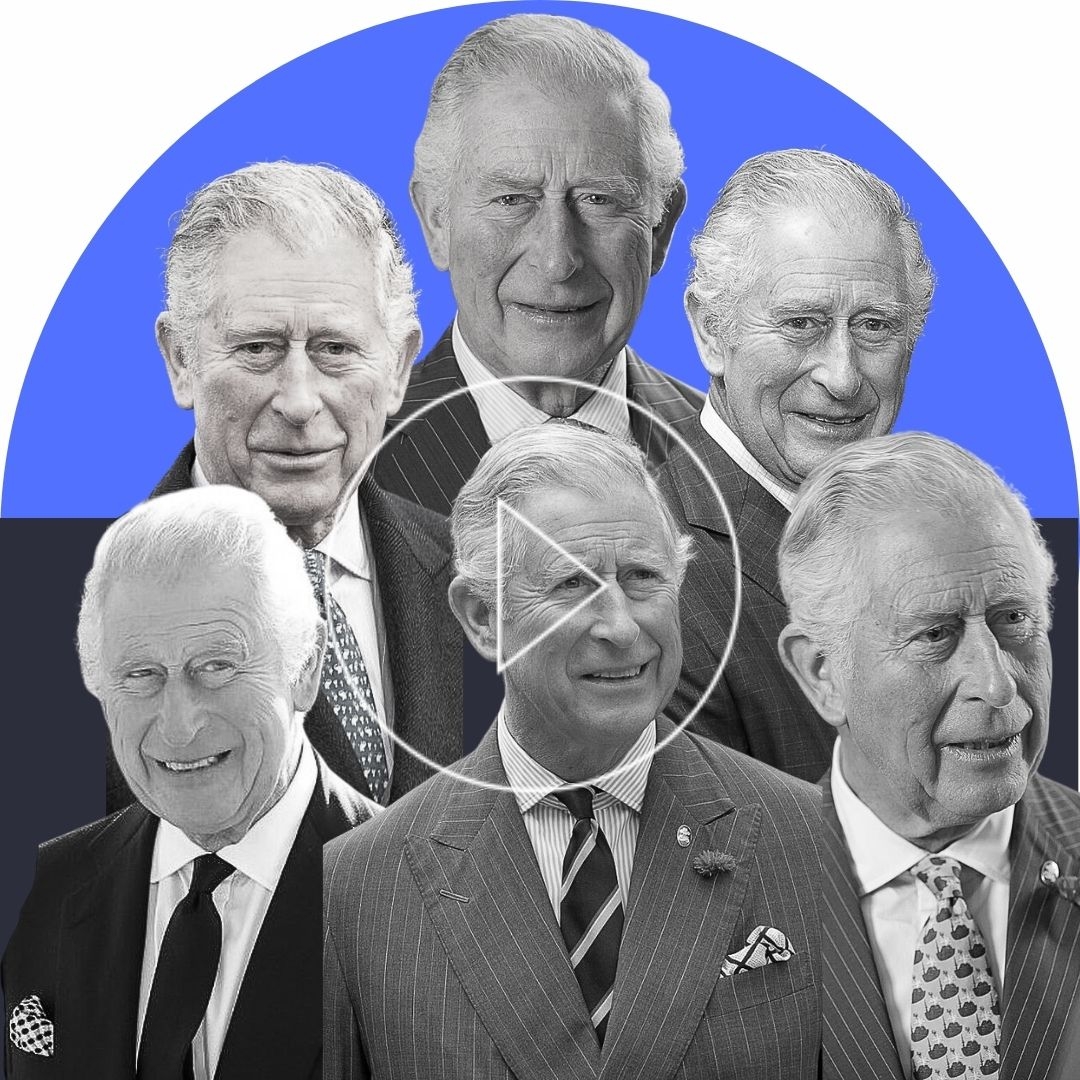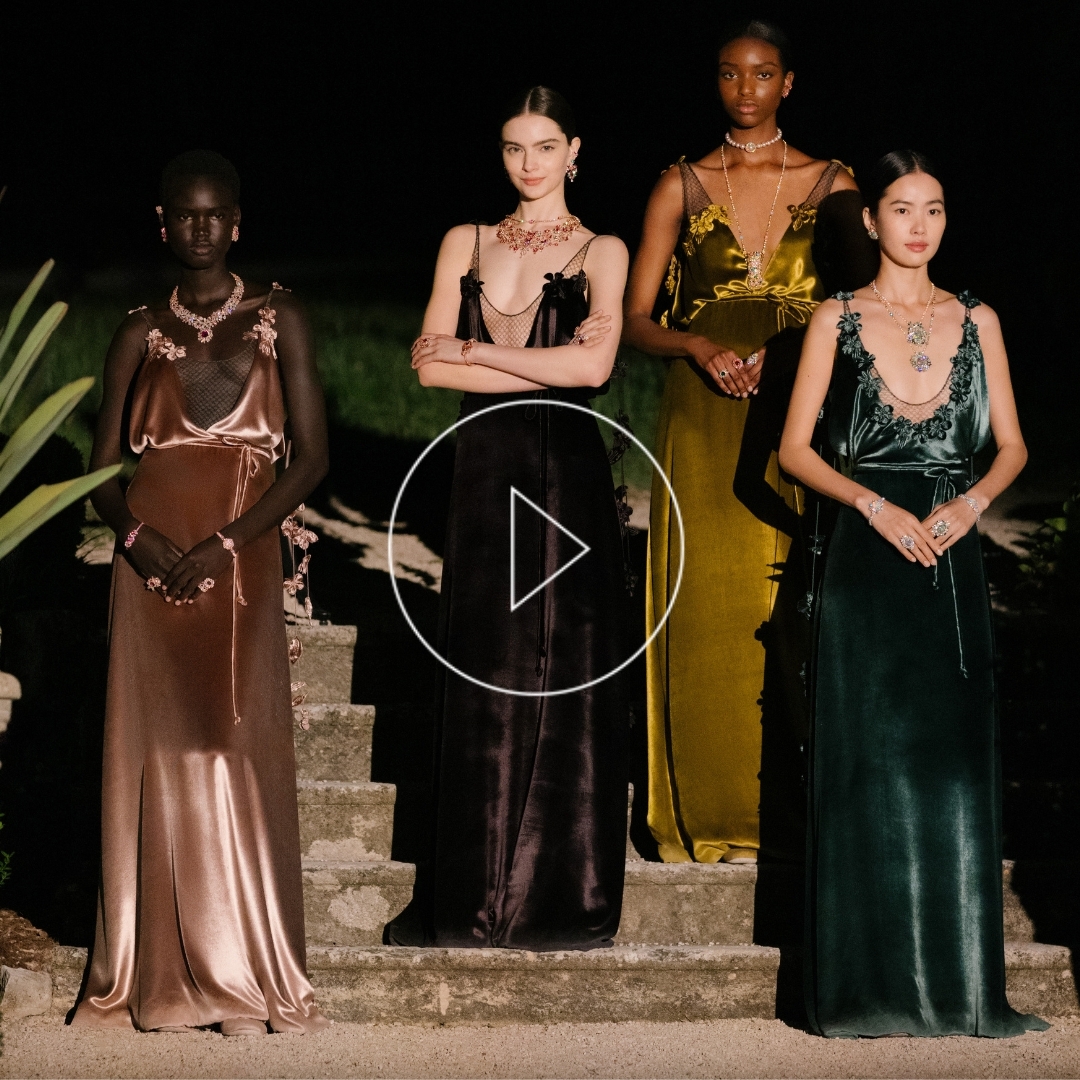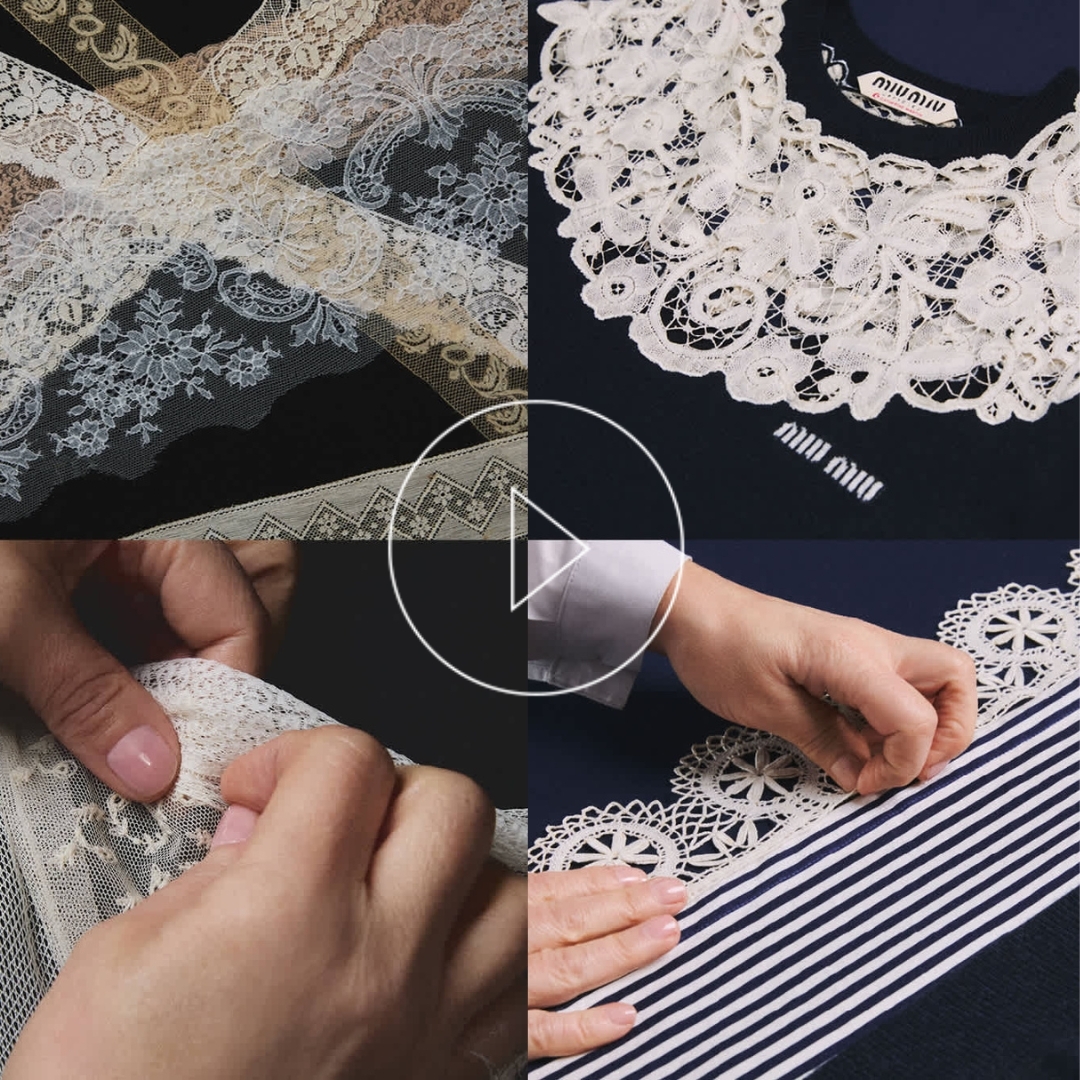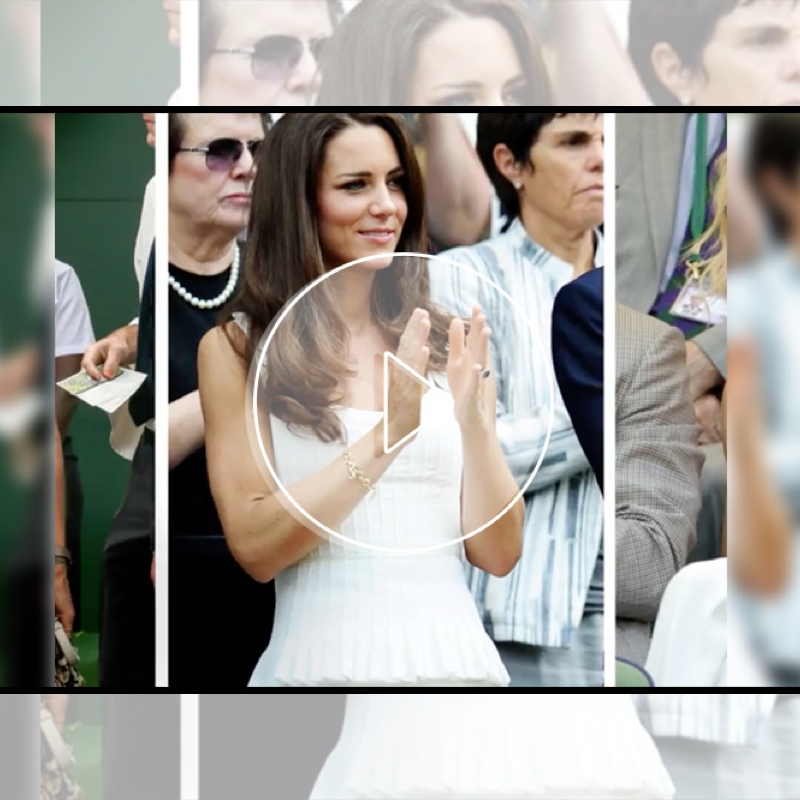The Black Prince’s Ruby: The Spanish Stone at the Heart of Britain’s Crown Jewels
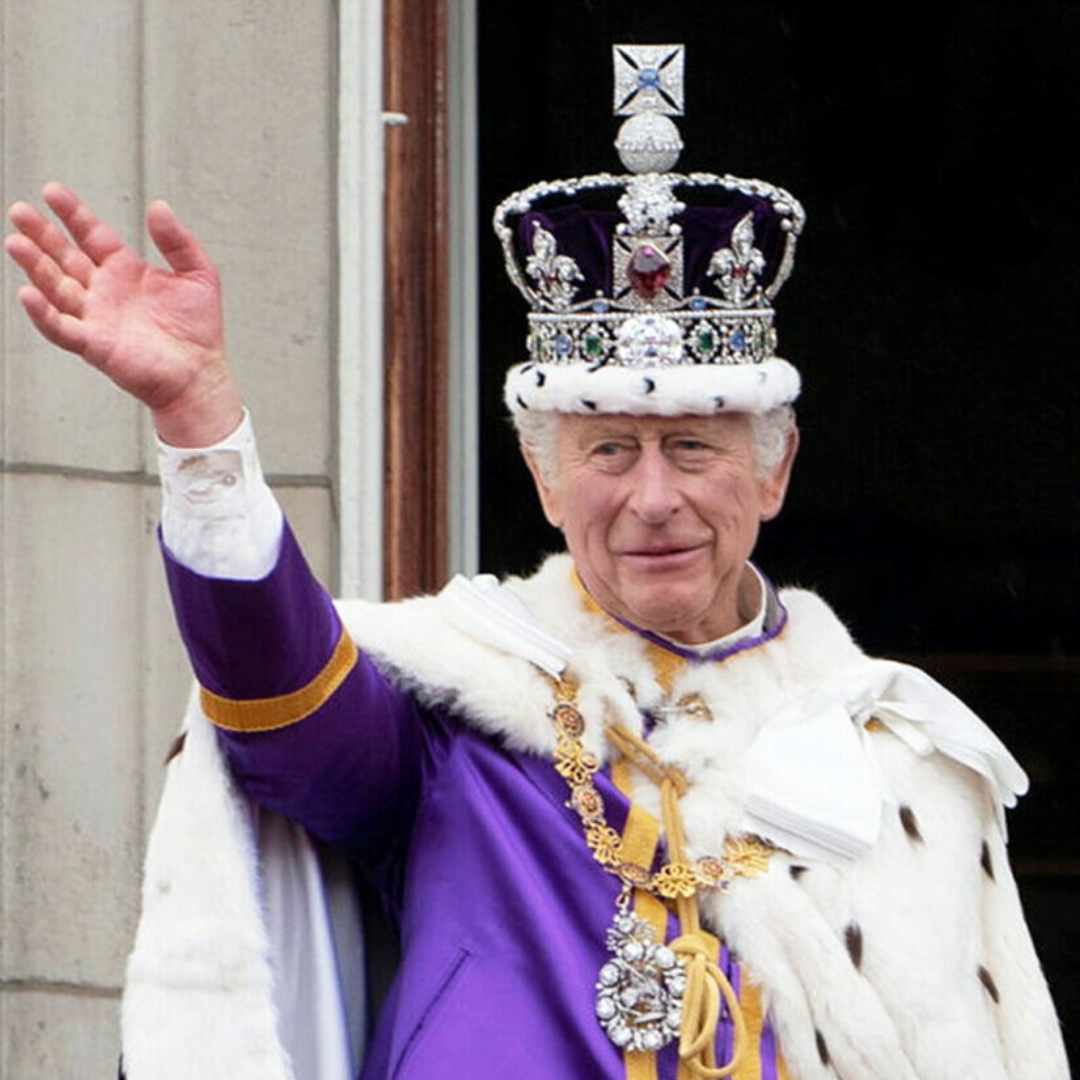
From royal betrayals in medieval Spain to the coronation of Queen Victoria, this blood-red gem carries a story worthy of a Netflix drama.
When Queen Victoria was crowned in 1838, she wanted something new. At only 18, the young monarch ditched the traditional St Edward’s Crown for a freshly commissioned piece glittering with 2,868 diamonds, 273 pearls, 17 sapphires, 11 emeralds, and five rubies. But the most striking of them all was not a ruby at all, it was a 170-carat red spinel, known as The Black Prince’s Ruby.
Today, it sits proudly in the Imperial State Crown of the United Kingdom, but this gemstone’s journey began far from London, in the heat and intrigue of medieval Spain.
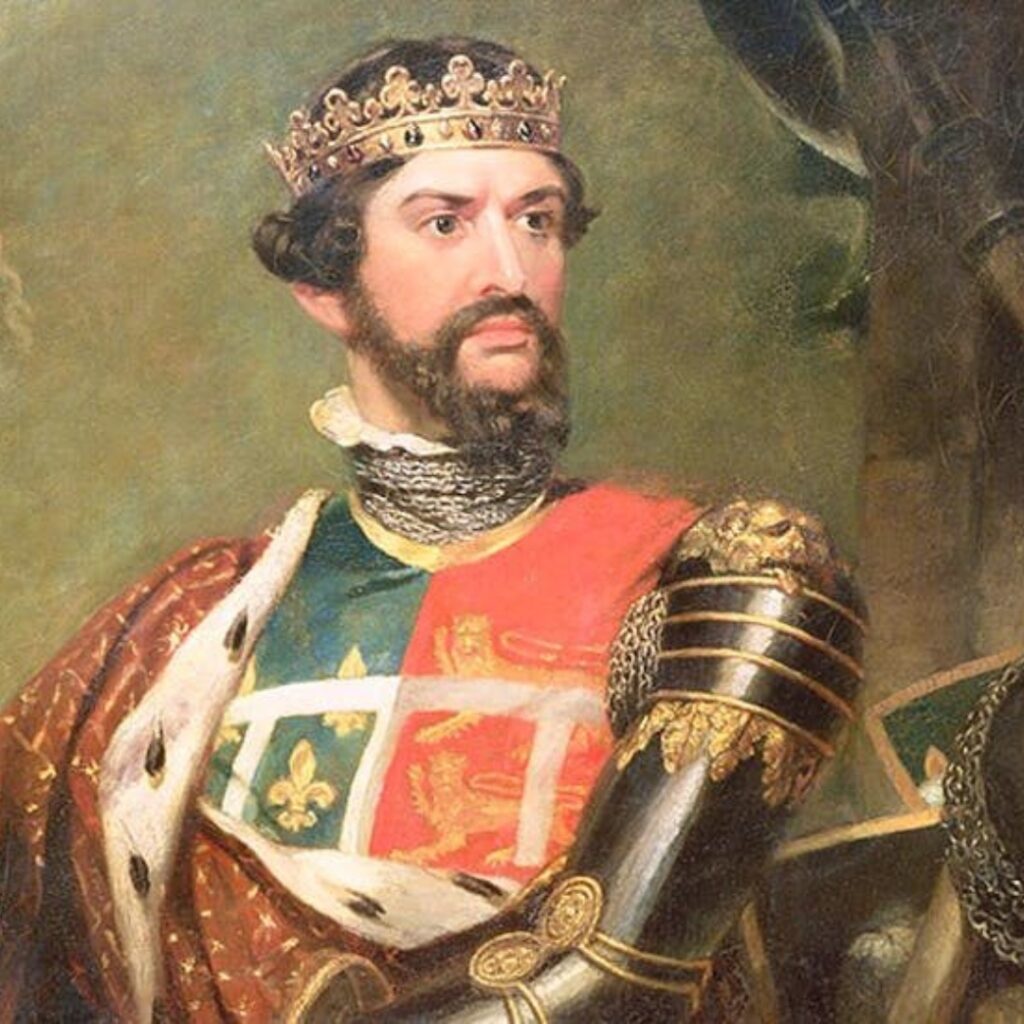
Edward of Woodstock, The Black Prince
A gemstone born in conflict
The spinel likely came from the Badakhshan mines in present-day Afghanistan and arrived in Granada via the Silk Road. By the mid-14th century, it was in the possession of Muhammed VI, the ruler of the Muslim Kingdom of Granada, though not for long.
In 1359, a coup dethroned Muhammed V, replacing him with his brother Ismail II. Power shifted rapidly: Ismail II was murdered by his cousin, who became Muhammed VI. But the deposed Muhammed V had powerful friends — including Pedro I of Castile, known as Pedro the Cruel.
Pedro I supported Muhammed V’s return to power, seeing an opportunity to strengthen his own position against a growing rebellion led by his half-brother, Enrique of Trastámara.
Desperate, Muhammed VI tried to bribe Pedro I with three “rubies,” including the now-famous spinel. The plan backfired spectacularly, with Pedro I murdering him during a banquet and keeping the jewels.
The deal that changed history a few years later, Pedro I himself needed help. He turned to Edward of Woodstock, heir to the English throne, better known as the Black Prince. Edward agreed, on the condition that Pedro would share the spoils of victory and hand over land, titles, and treasures.
Edward delivered military success at the Battle of Nájera in 1367, crushing Enrique’s forces. But Pedro refused to pay up, leaving the English prince bankrupt and ill. The only treasures he received were a handful of jewels, including the red spinel.
That refusal would seal Pedro’s fate: abandoned by allies, he was killed two years later by Enrique himself. Edward of Woodstock never became king, dying in 1376, likely from dysentery contracted in Spain.
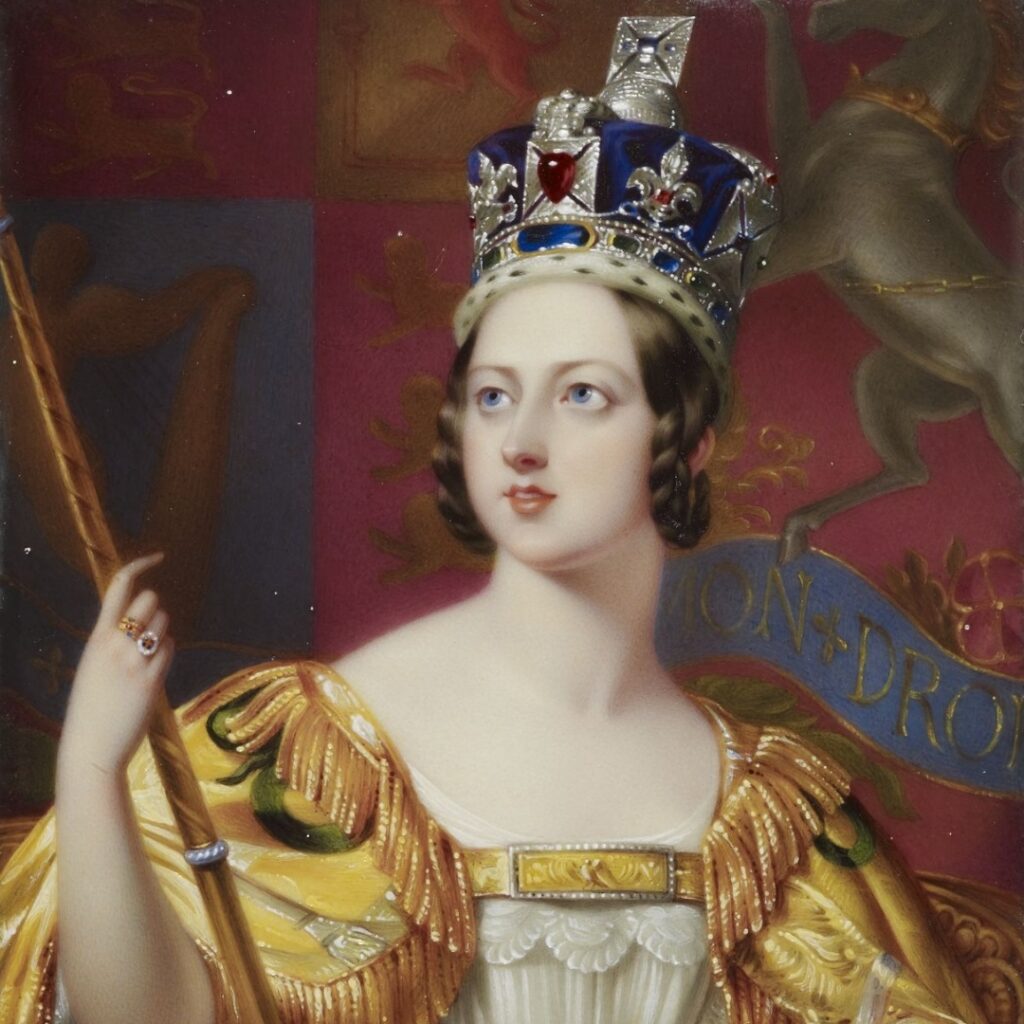
Portrait of Queen Victoria wearing the Imperial State Crown adorned with the Black Prince’s Ruby
From the battlefield to the crown
The spinel became known as The Black Prince’s Ruby, passing from monarch to monarch. English kings even wore it in their battle helmets, believing such stones brought prestige and protection.
After the execution of Charles I in 1649, Oliver Cromwell sold off the Crown Jewels. Miraculously, when Charles II restored the monarchy in 1660, the spinel resurfaced, sold anonymously back to the king. He had it set into the State Crown, and decades later, Queen Victoria placed it at the centre of her spectacular new coronation crown.
Why this story matters
From Granada’s palaces to England’s battlefields and the gilded halls of Westminster Abbey, this 5-centimetre gemstone has survived wars, betrayals, and the fall of monarchies. It is a reminder that the history of jewels is rarely about beauty alone — it is about power, politics, and survival.
So, the next time you see the Imperial State Crown in the Tower of London, remember: its most famous “ruby” is a Spanish spinel that once cost kings their lives.
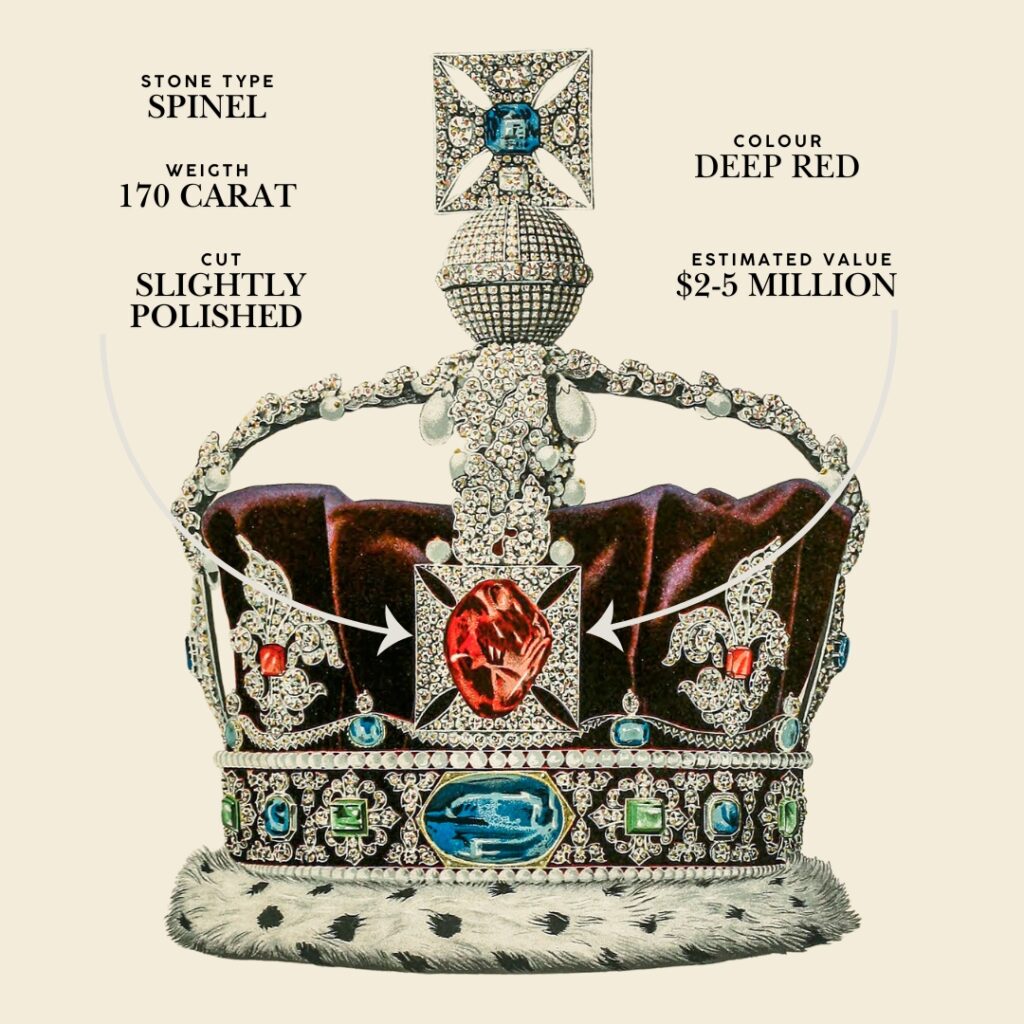
FAQ – The Black Prince’s Ruby
1. What is the Black Prince’s Ruby?
The Black Prince’s Ruby is a large, 170-carat red spinel set in the Imperial State Crown of the United Kingdom. Despite its name, it is not a ruby but a rarer gemstone. It is one of the most famous jewels in the British Crown Jewels collection.
2. Why is it called the Black Prince’s Ruby if it’s not a ruby?
The name comes from Edward of Woodstock, known as The Black Prince, who received the stone in the 14th century from King Pedro I of Castile as part payment for military aid. At the time, red spinels and rubies were not distinguished from one another.
3. Where did the Black Prince’s Ruby come from originally?
Historians believe it was mined in Badakhshan, in present-day Afghanistan, and reached Europe via the Silk Road. It first appears in recorded history in the Kingdom of Granada, Spain, before being taken by Pedro I of Castile.
4. How did the Black Prince’s Ruby get to Britain?
Pedro I of Castile gave the gemstone to the Black Prince in 1367 as partial payment for military support during the Castilian Civil War. From there, it became part of the English royal treasury and was eventually set in the crown jewels.
5. Has the Black Prince’s Ruby been in battle?
Yes. Several English kings wore it mounted in their battle helmets. One famous occasion was at the Battle of Agincourt in 1415, when King Henry V fought wearing the spinel in his helmet.
6. Can you see the Black Prince’s Ruby today?
Yes, it is displayed in the Tower of London as part of the British Crown Jewels, set in the Imperial State Crown.
7. How much is the Black Prince’s Ruby worth?
The exact value is unknown, as it is considered priceless due to its size, rarity, and historical significance.
Read also: Queen Elizabeth’s Jewellery Box
Images via Commons Wikimedia
SHARE

